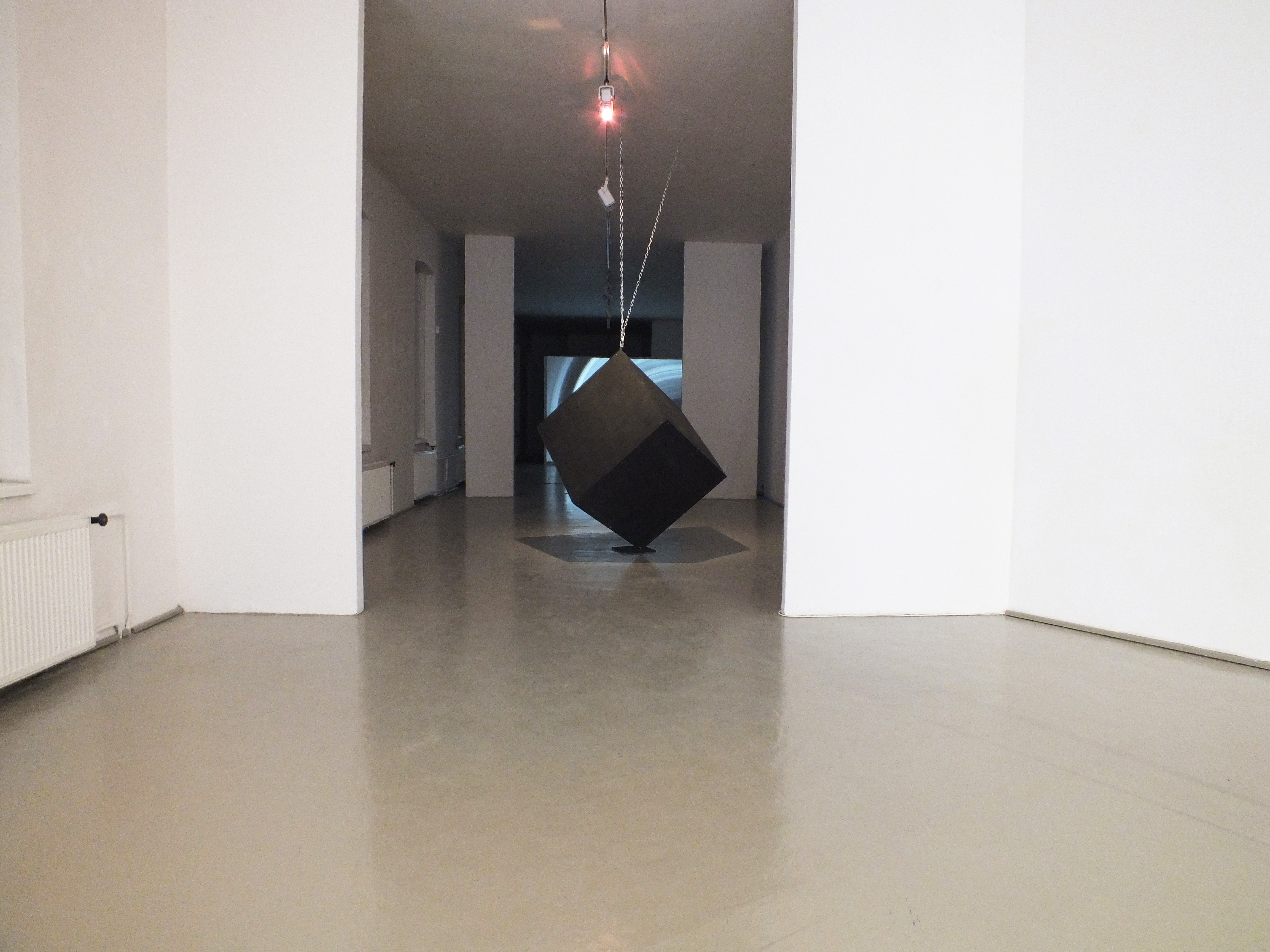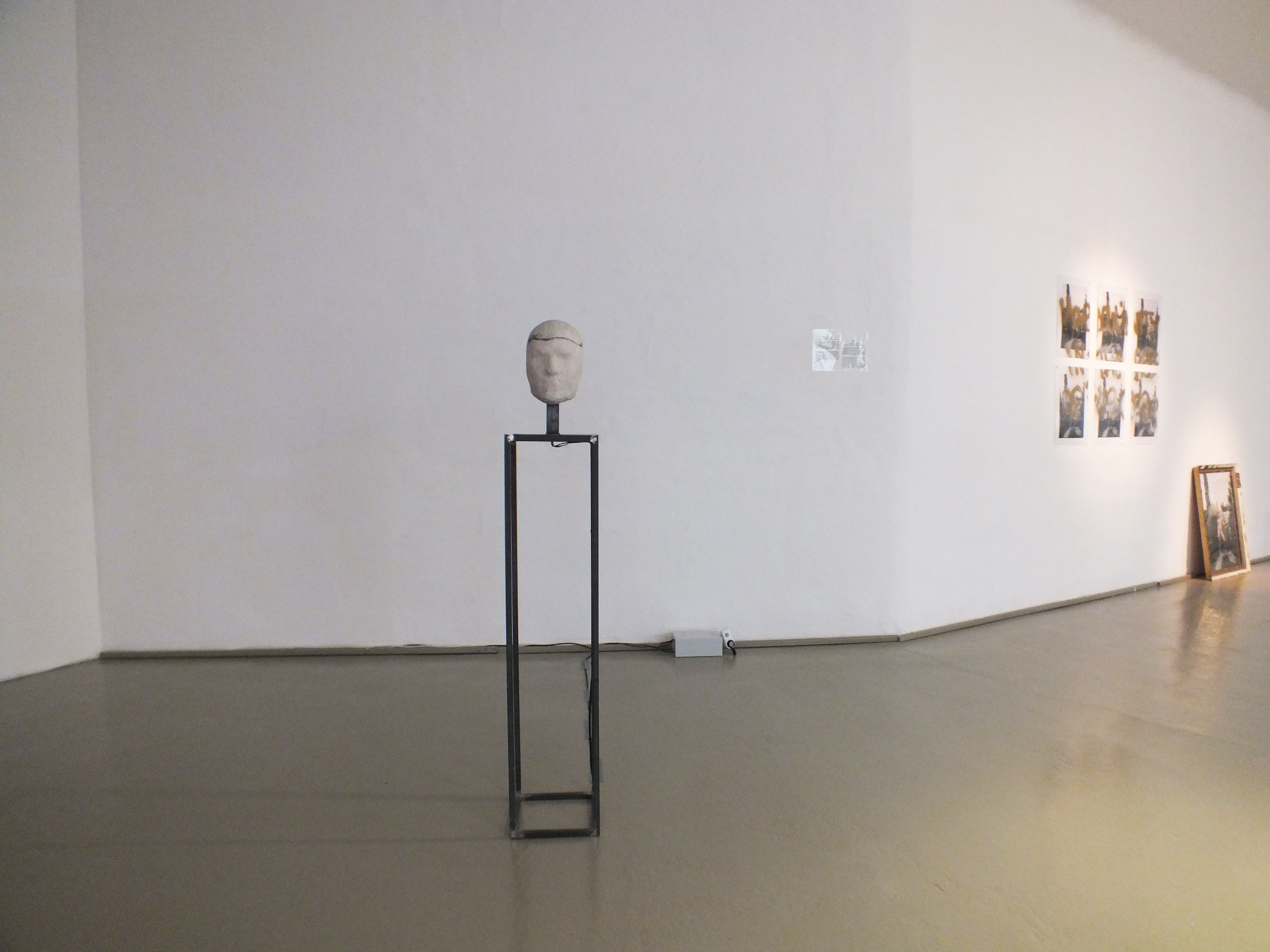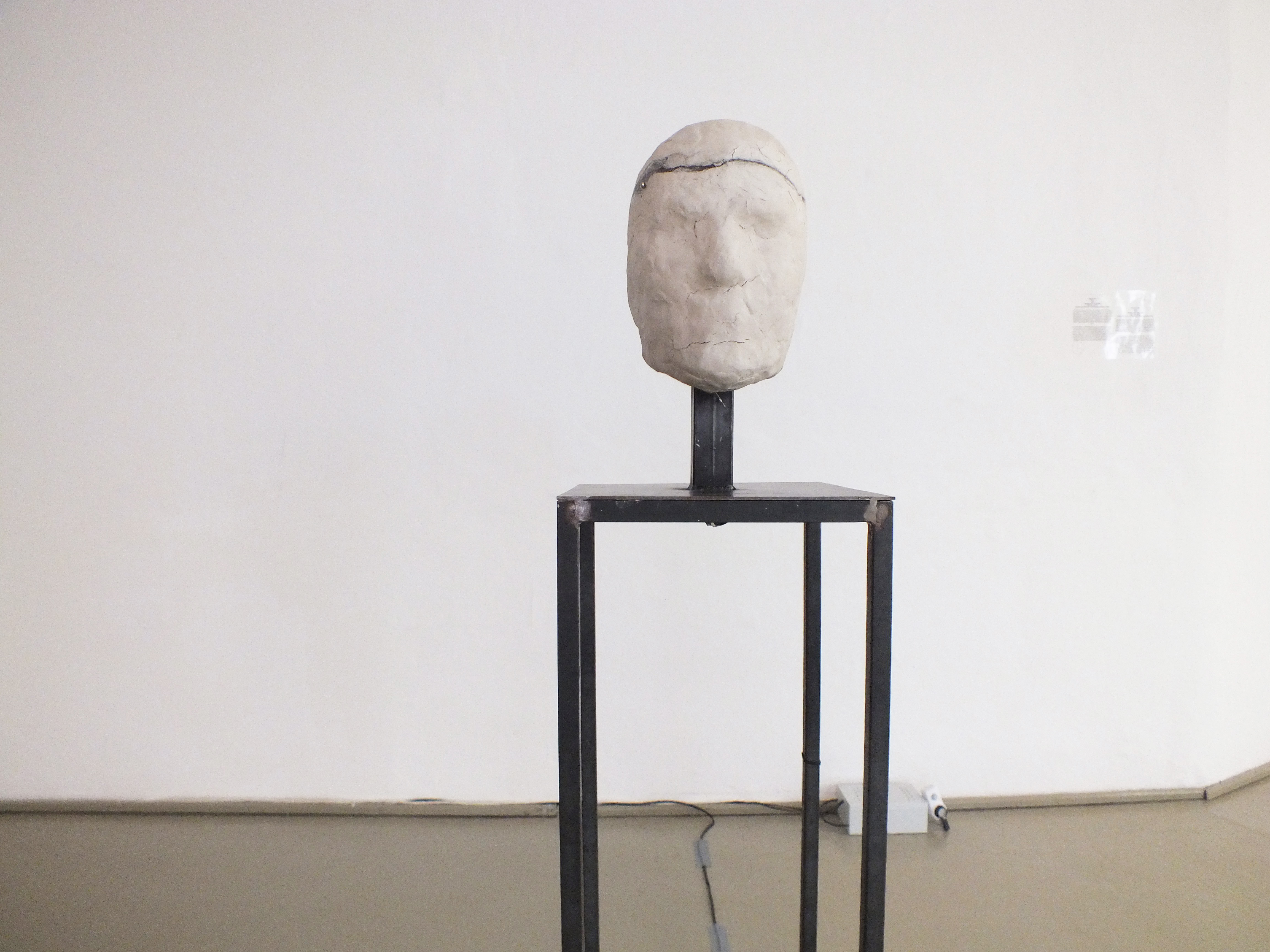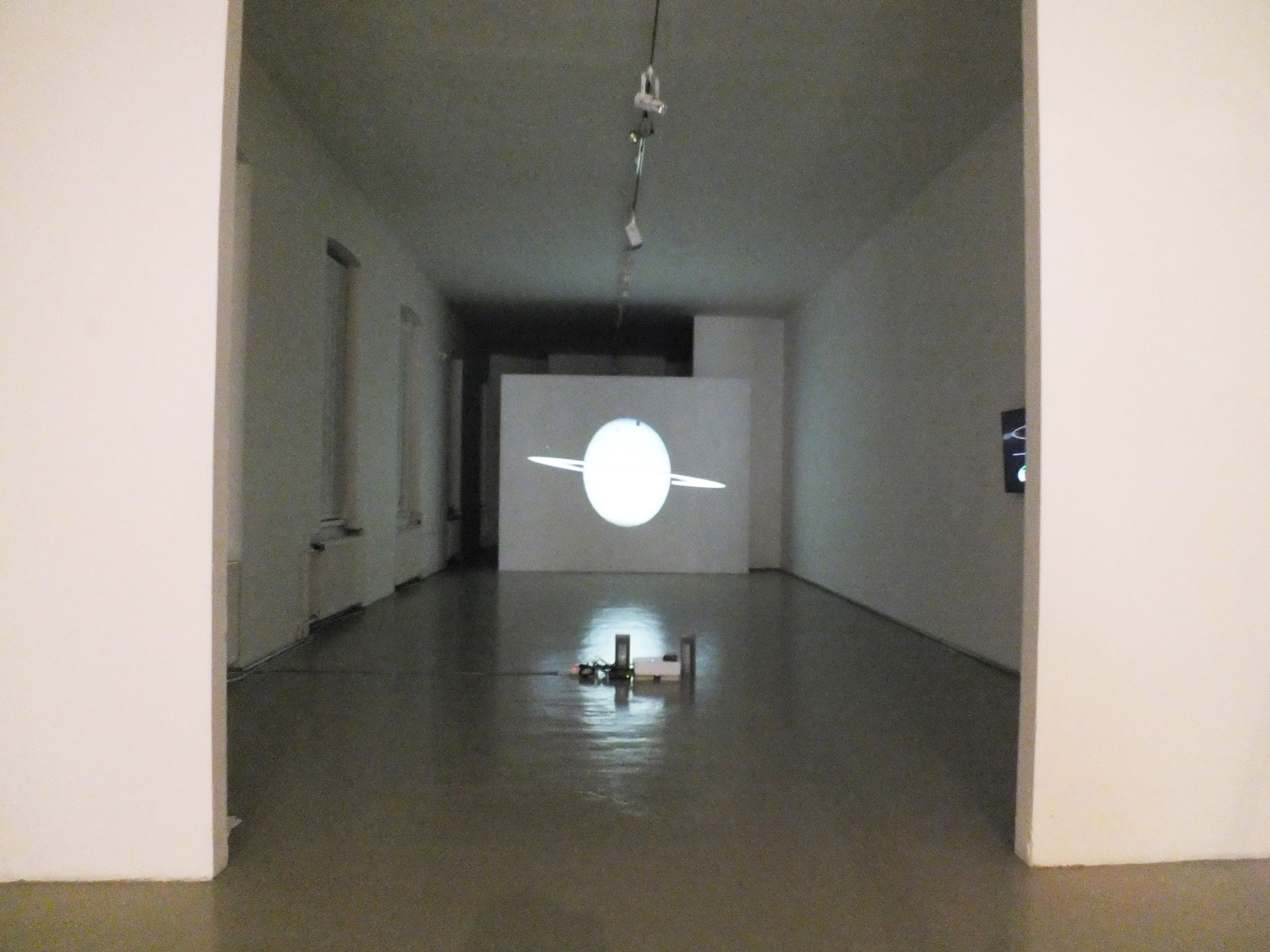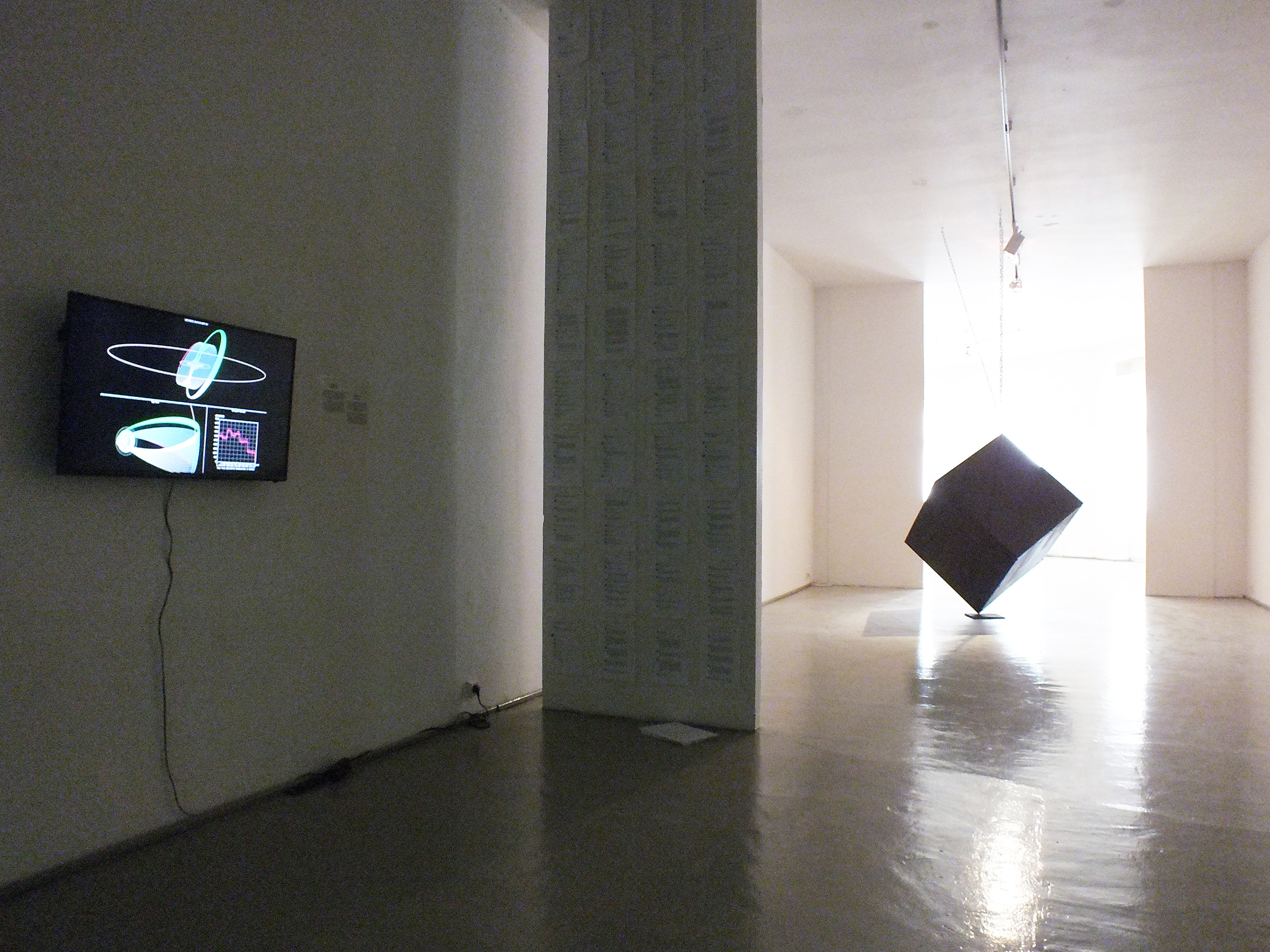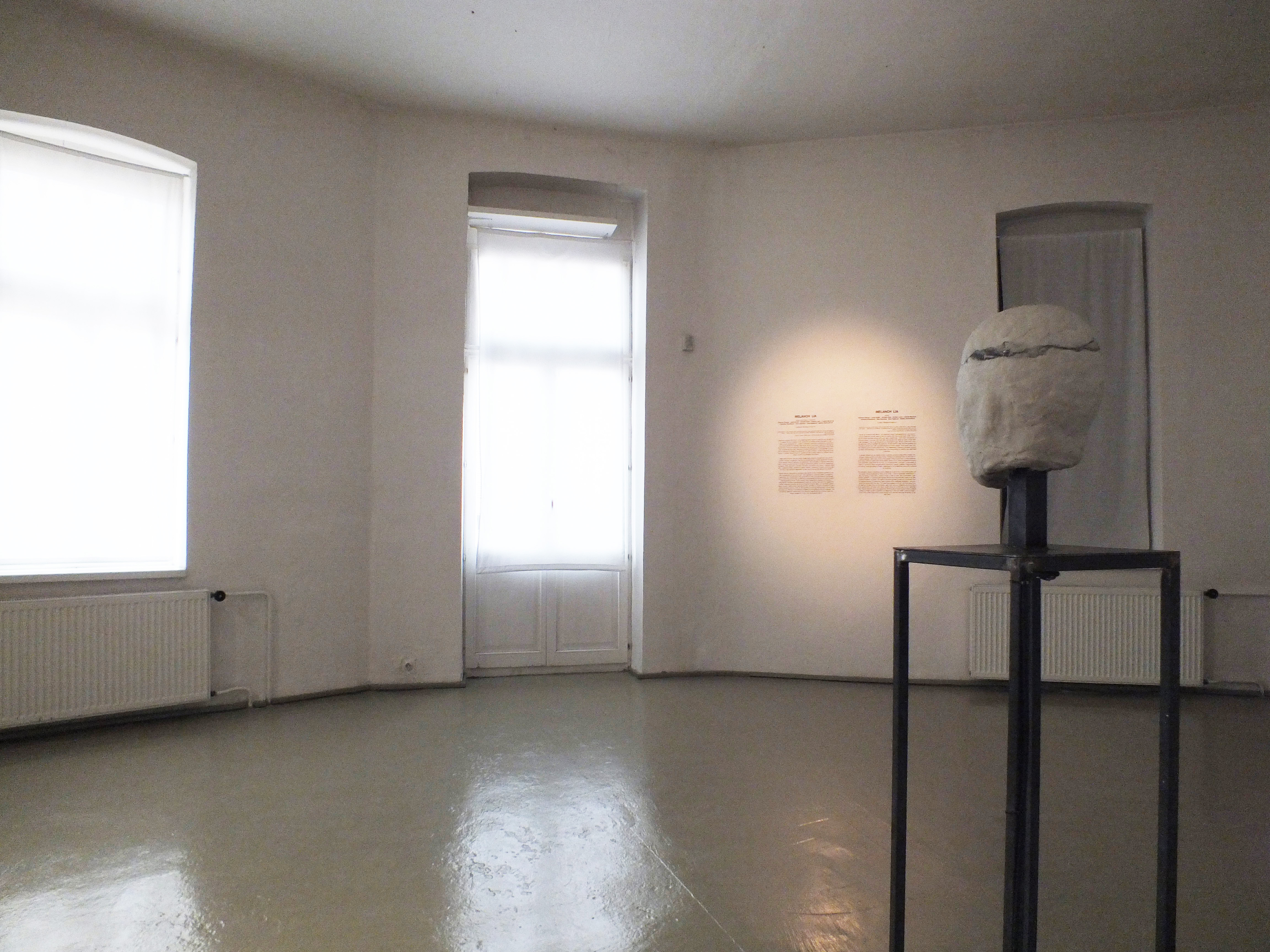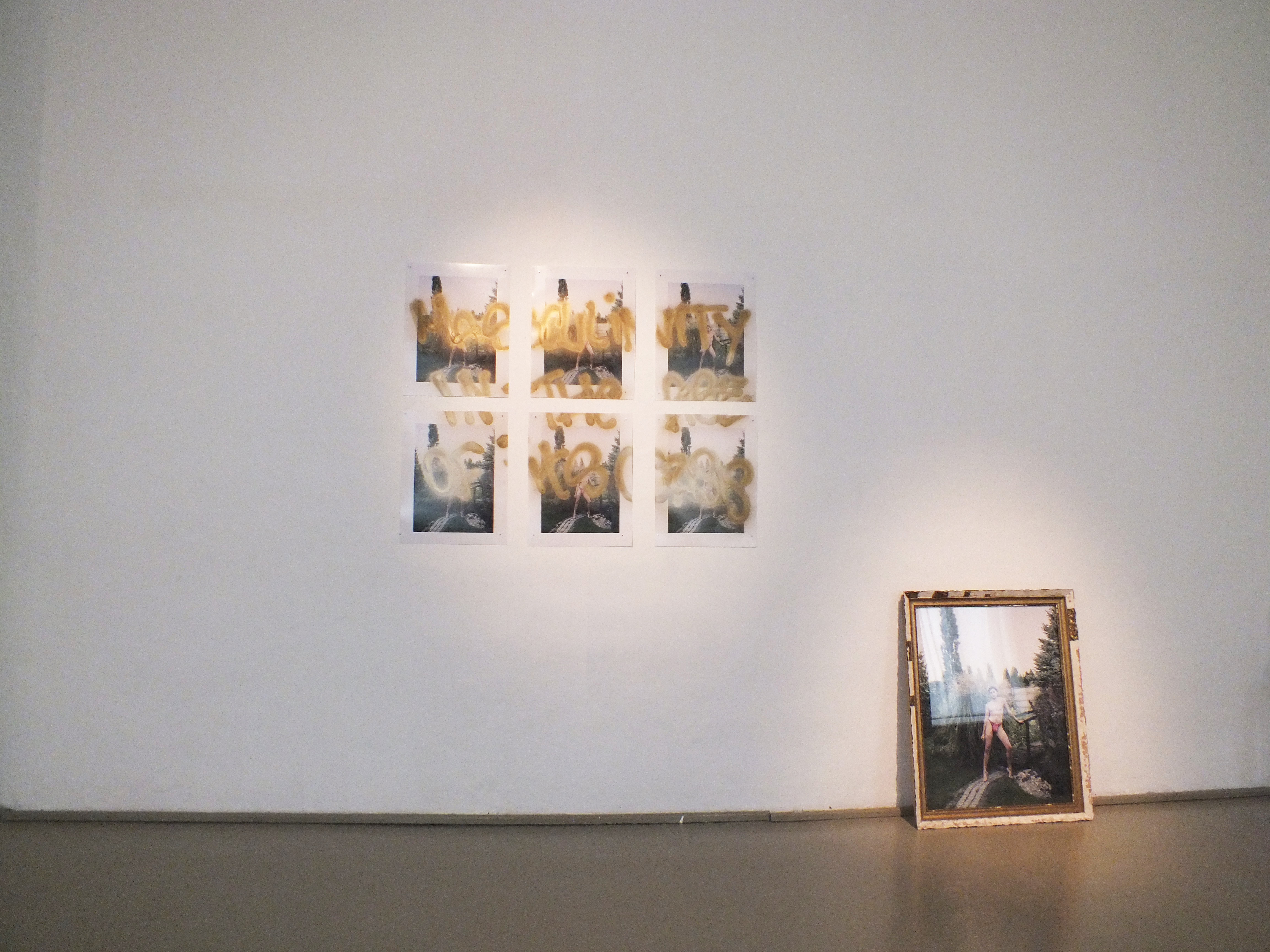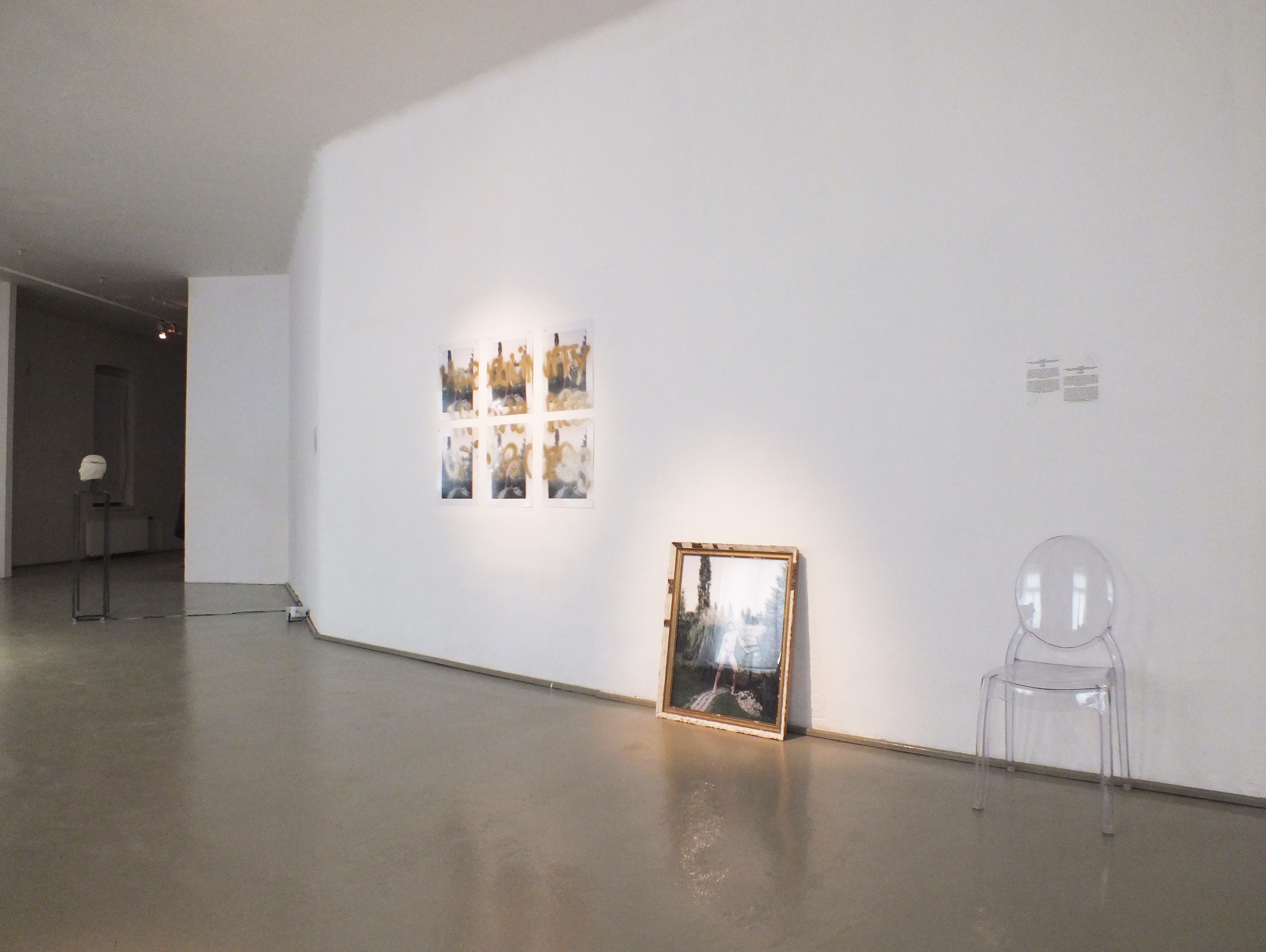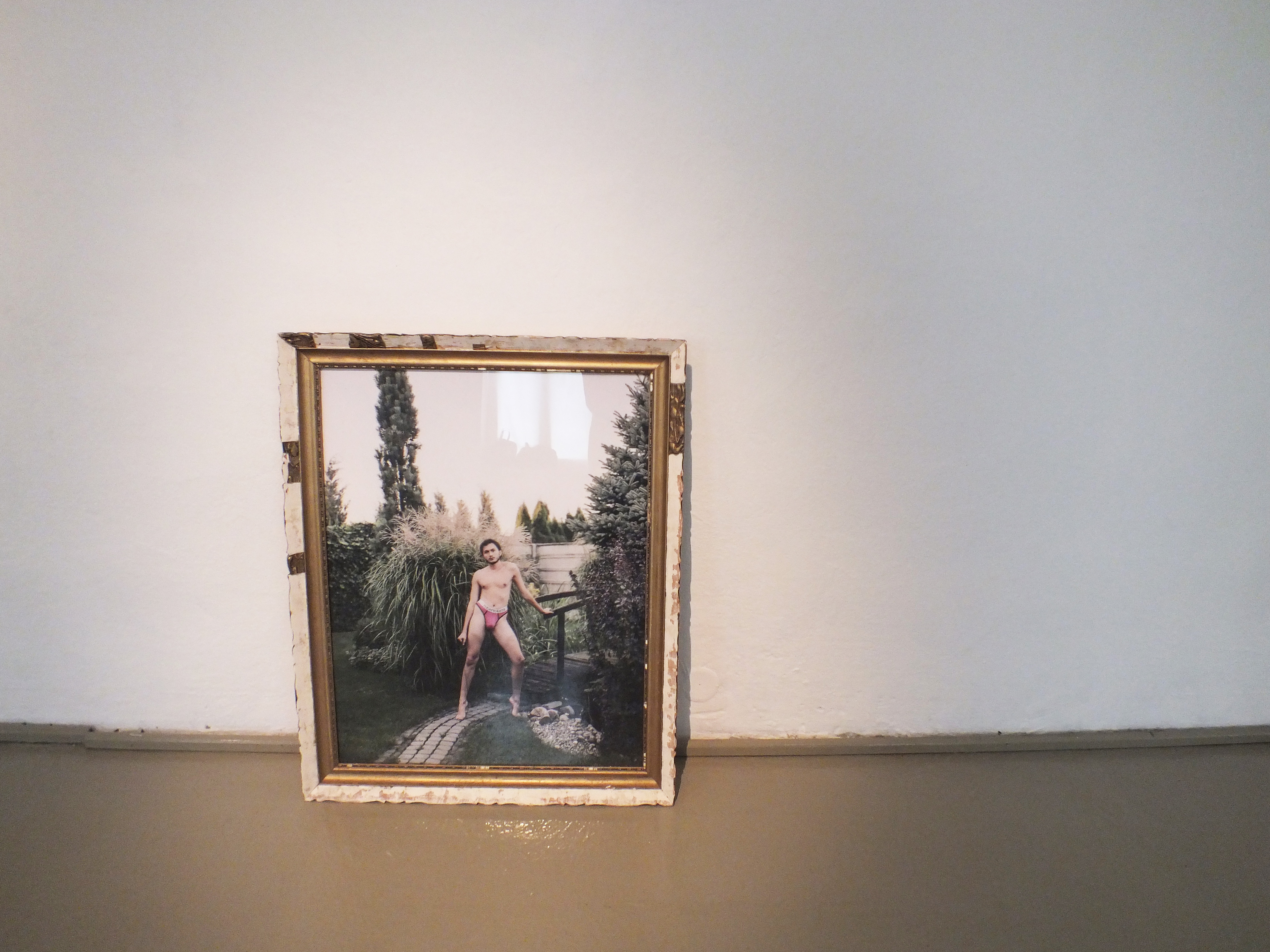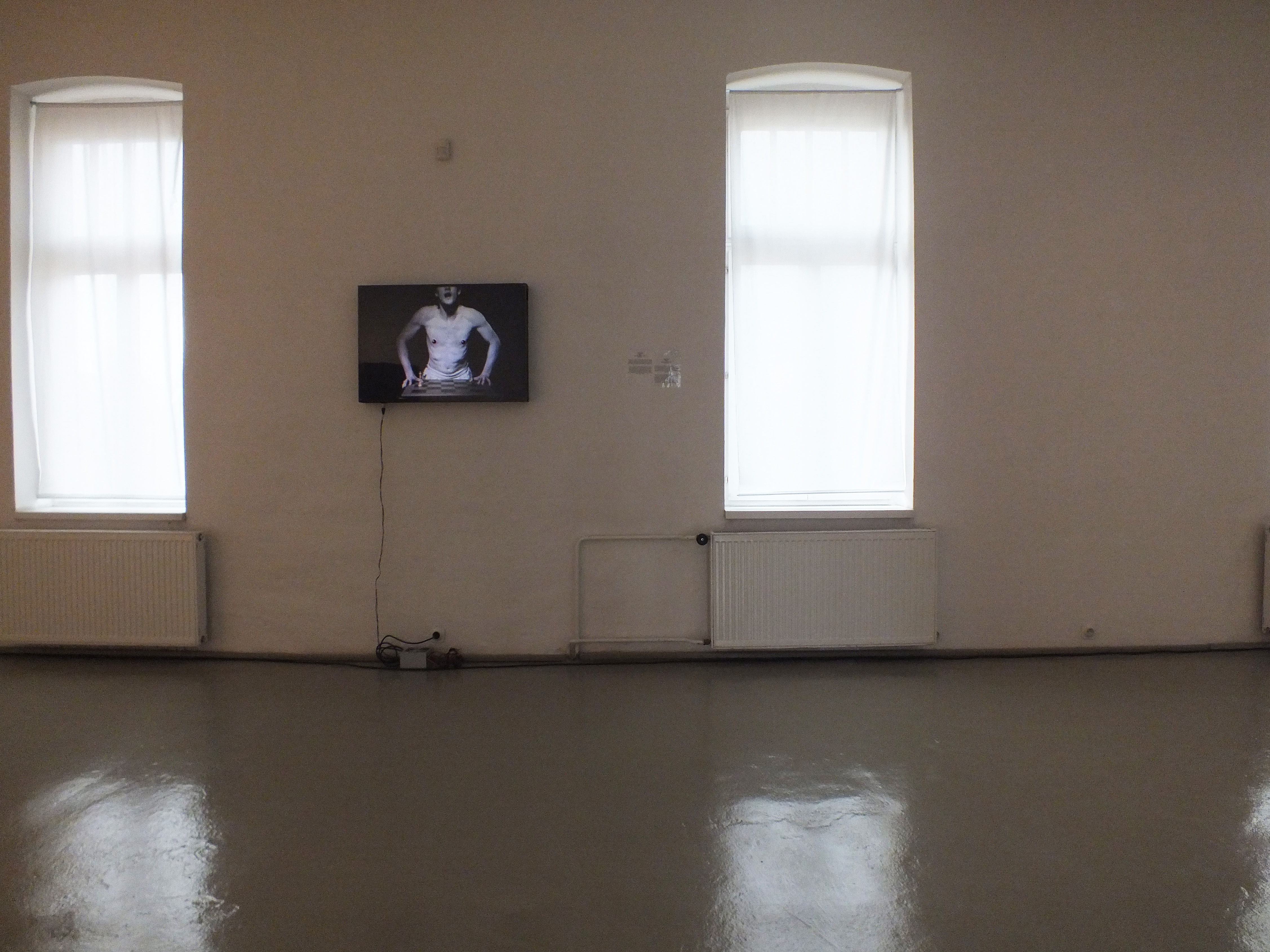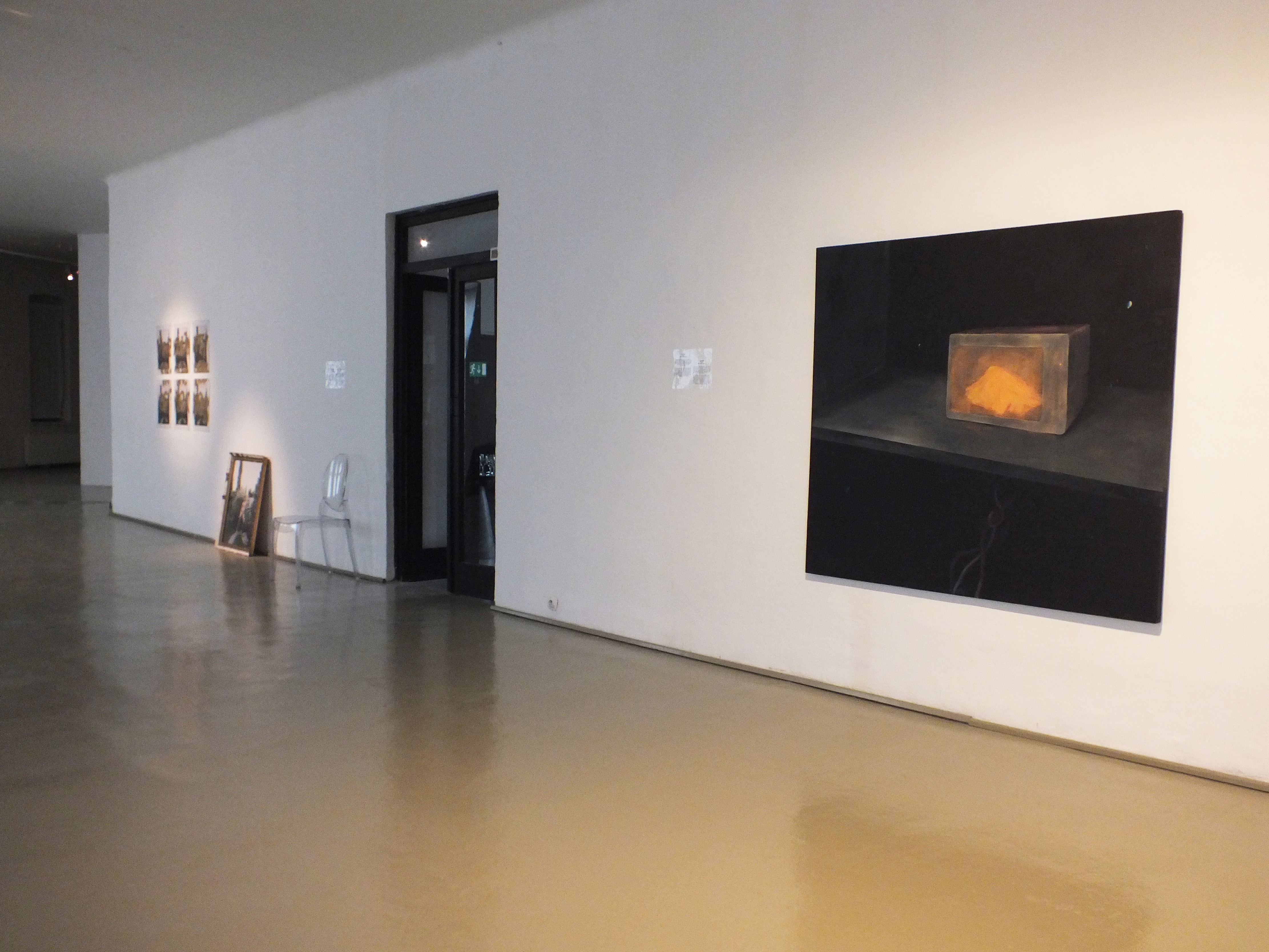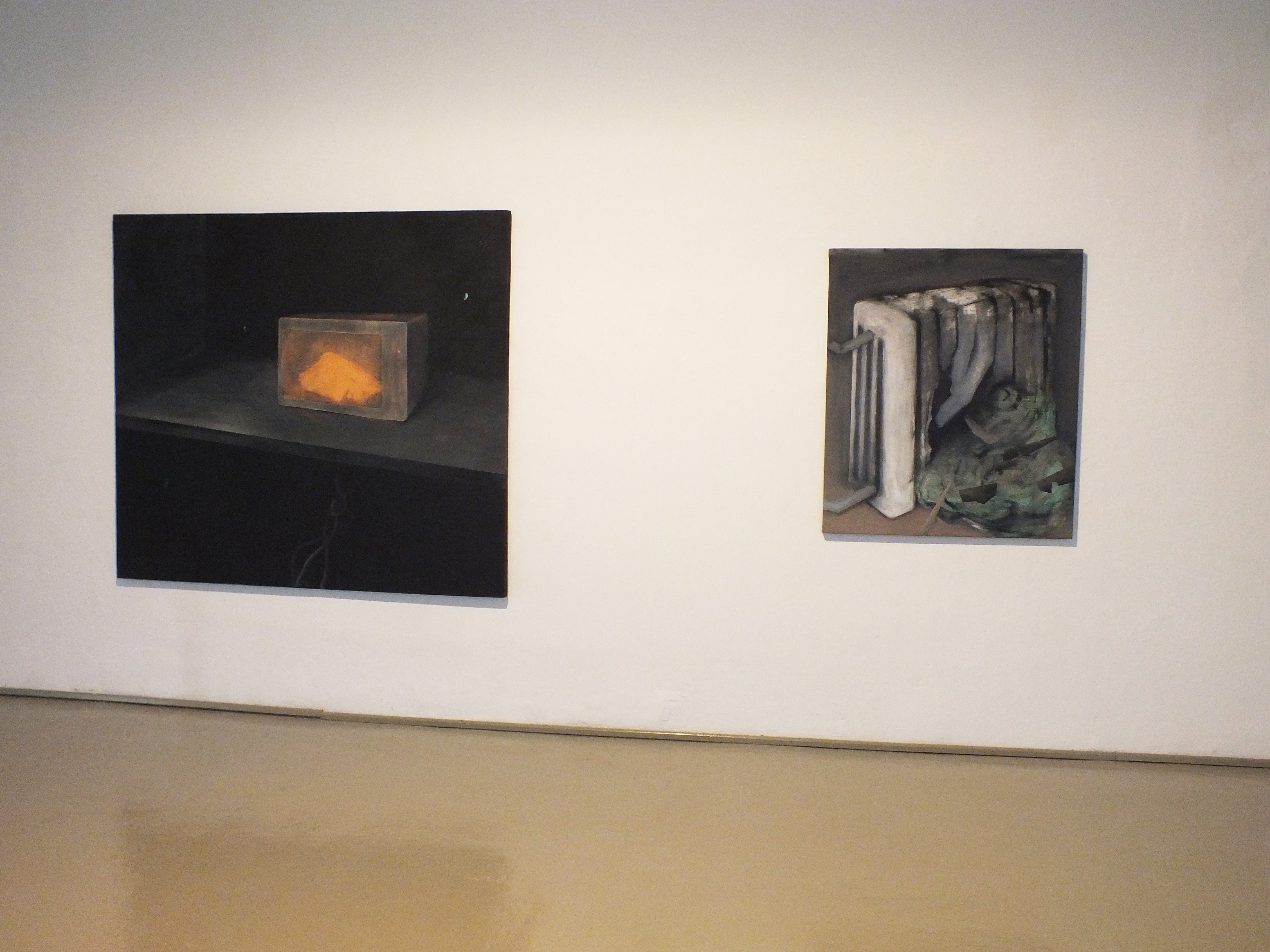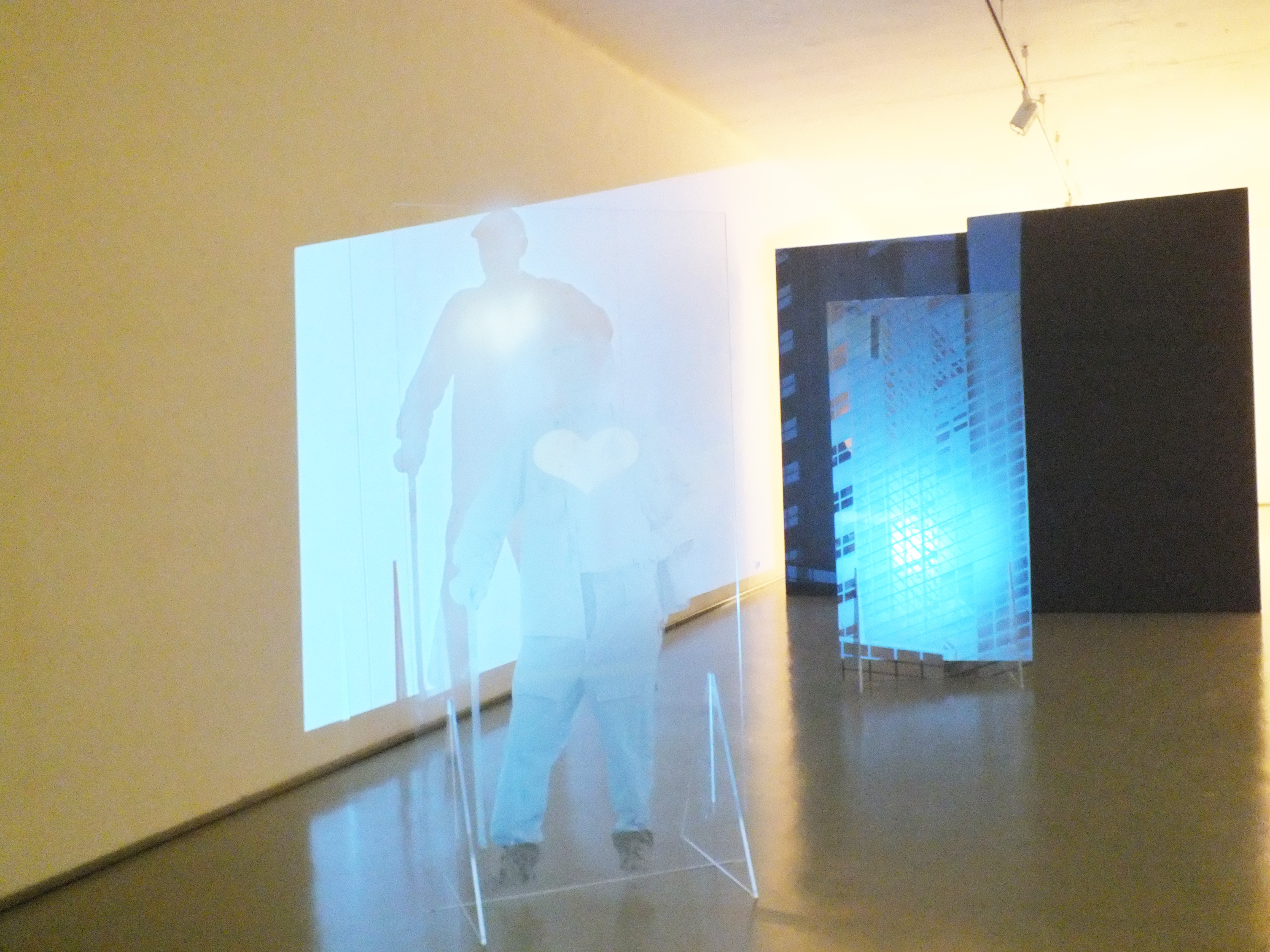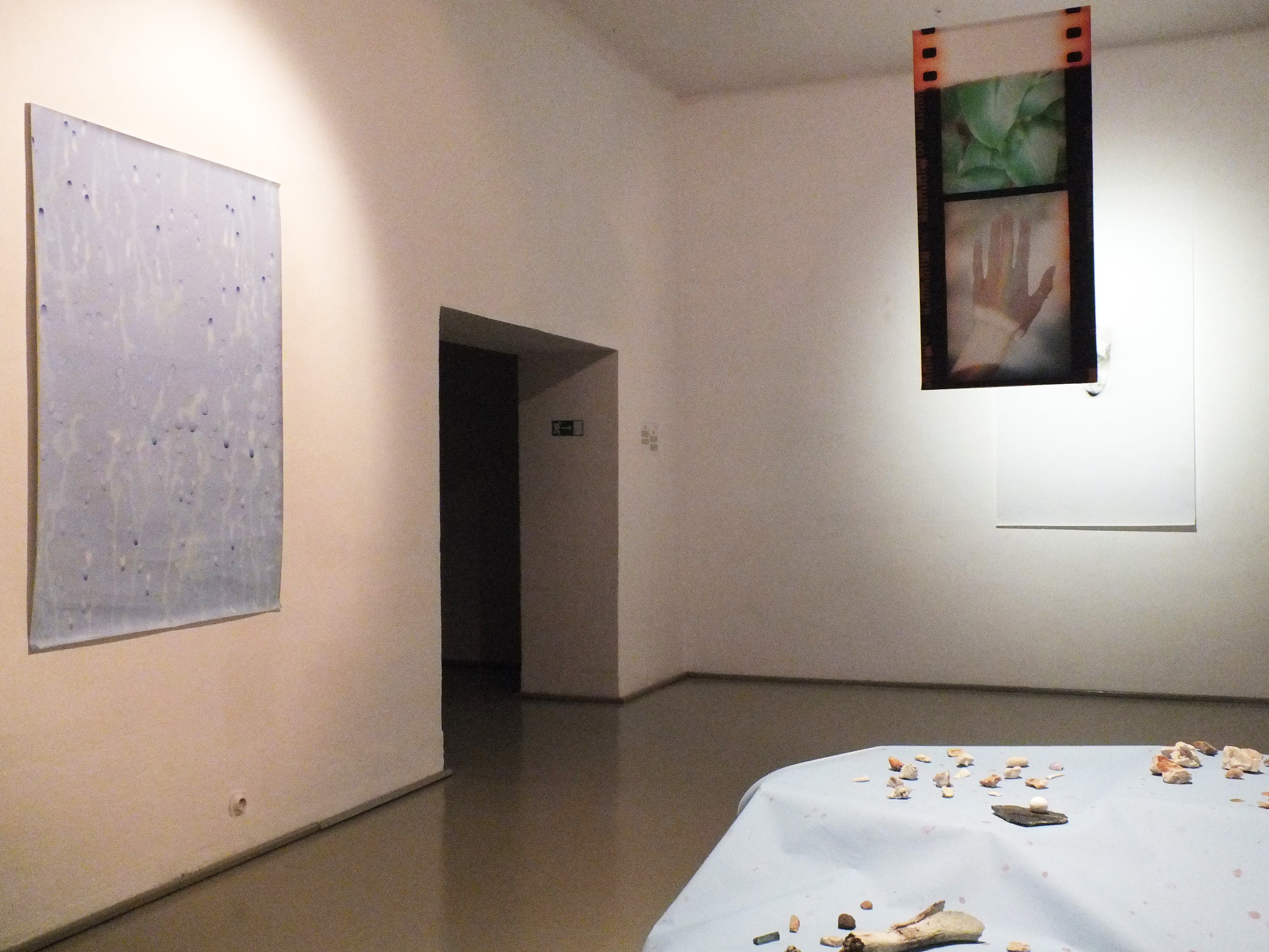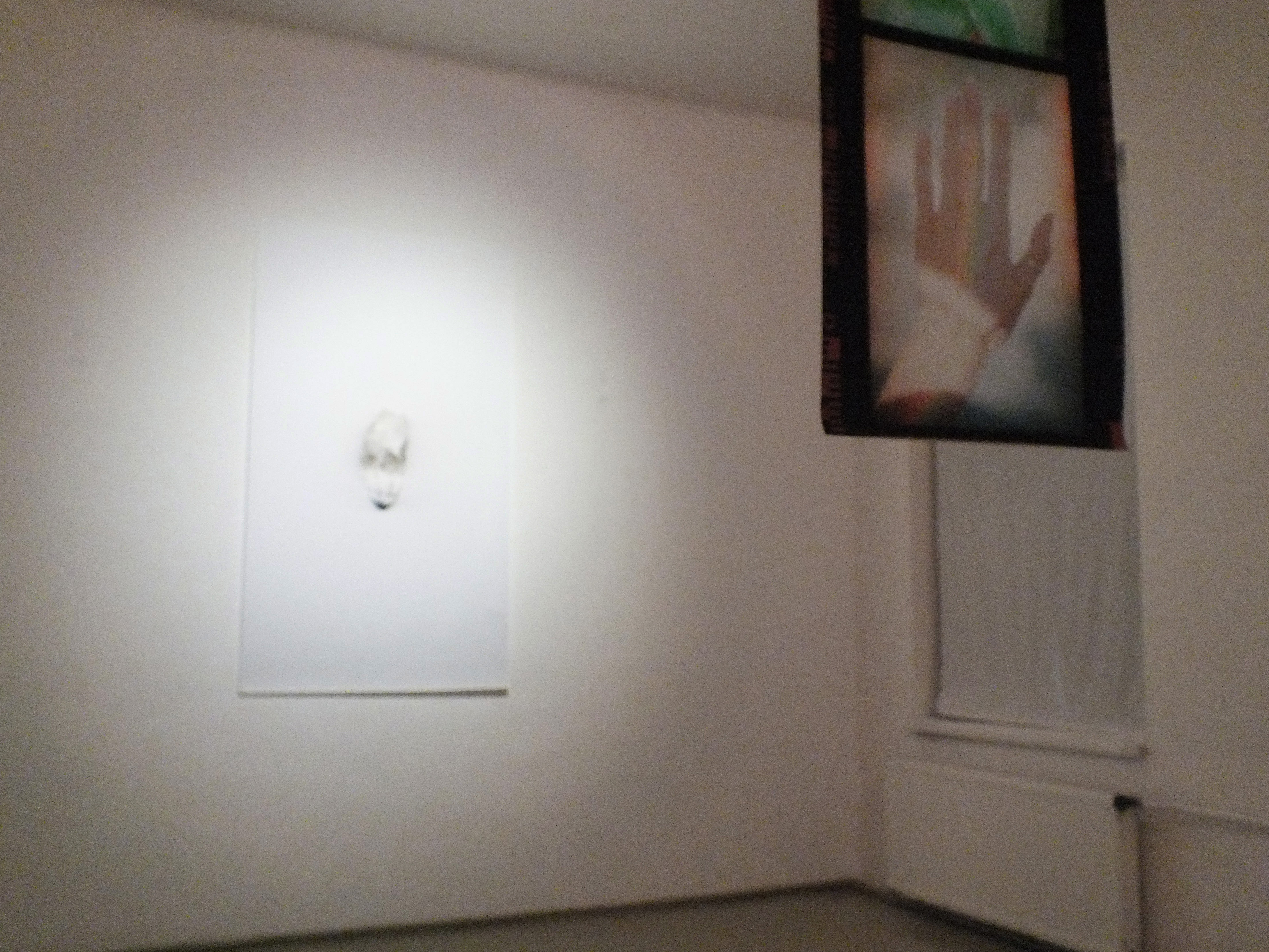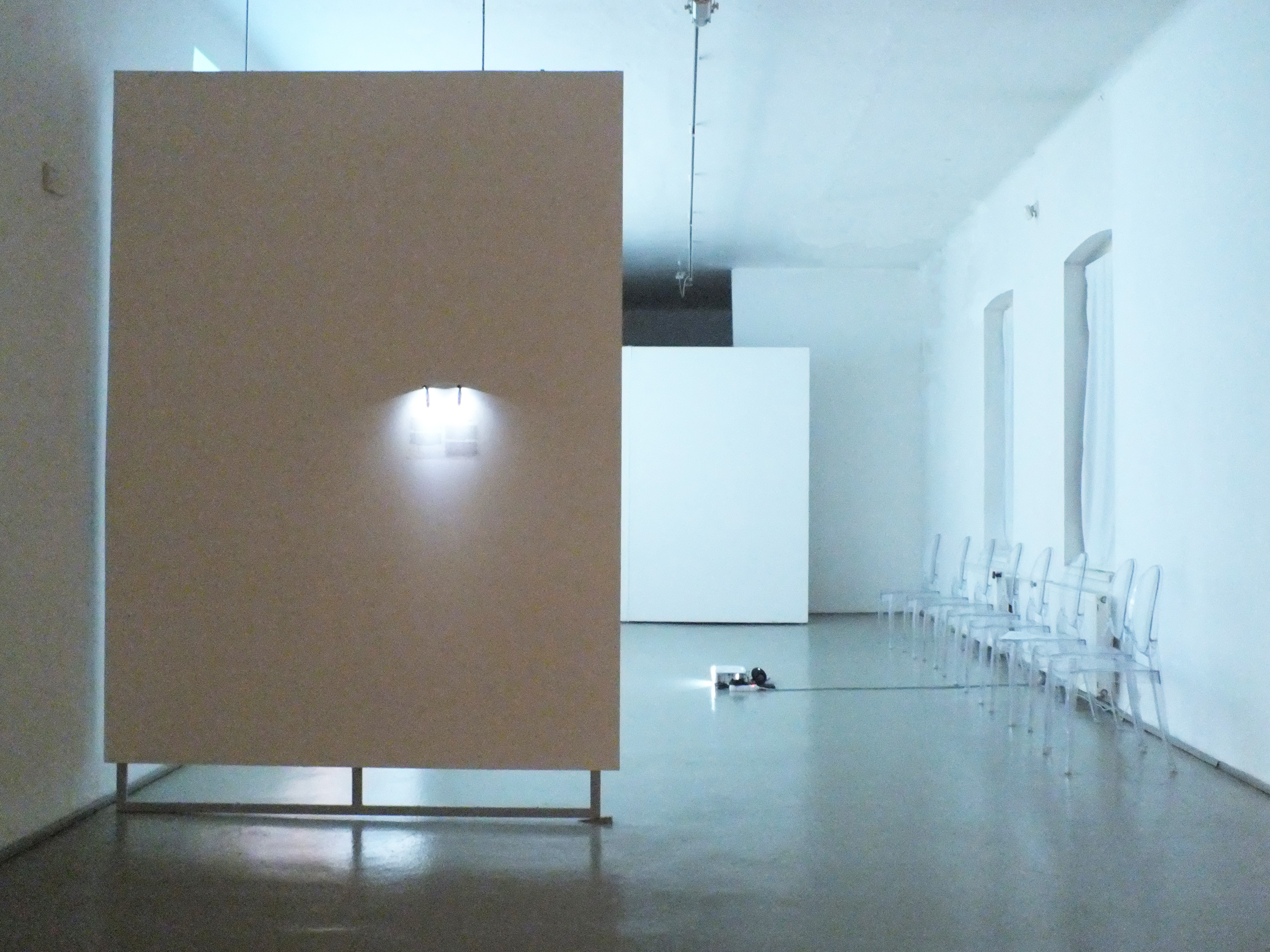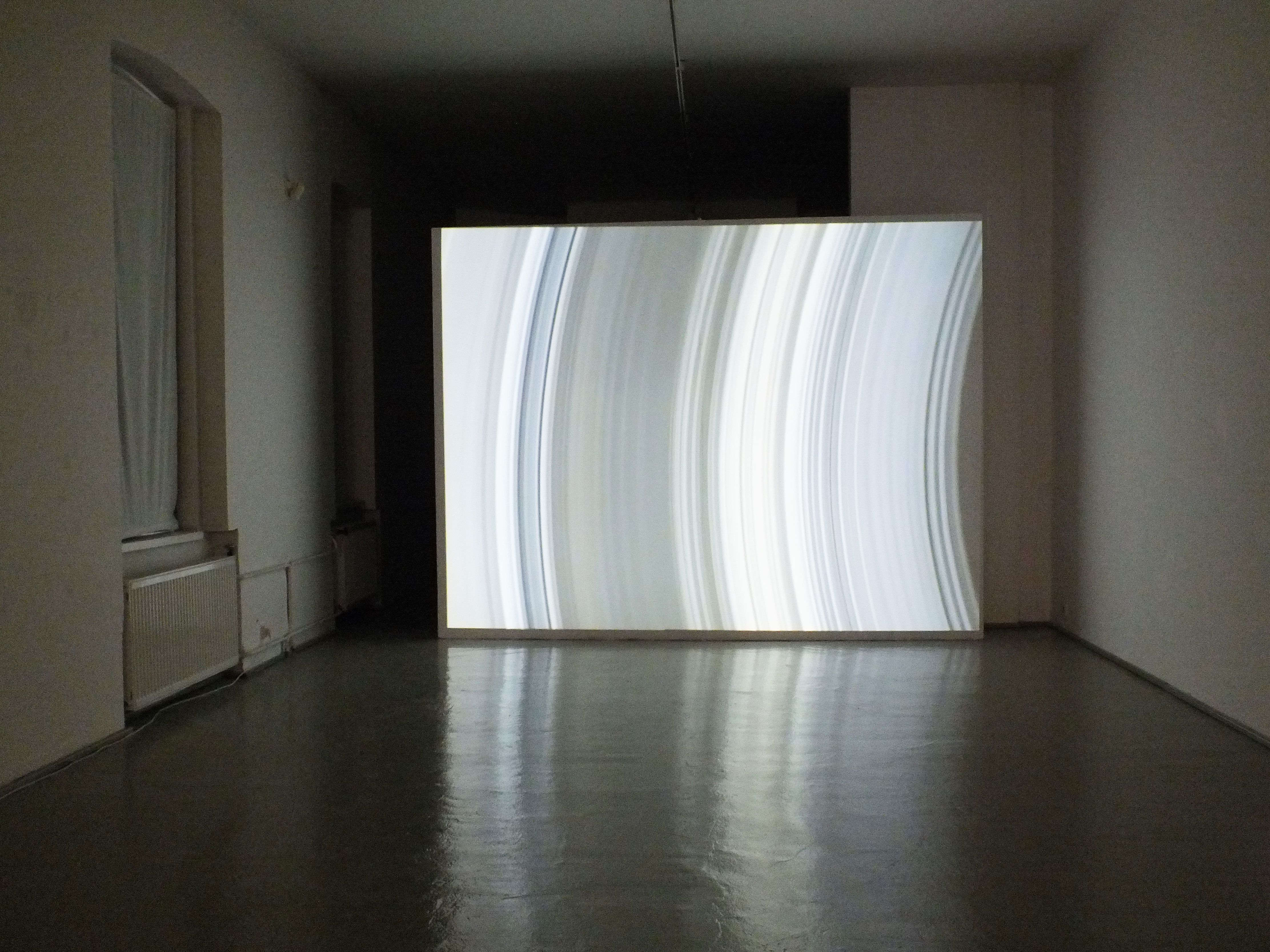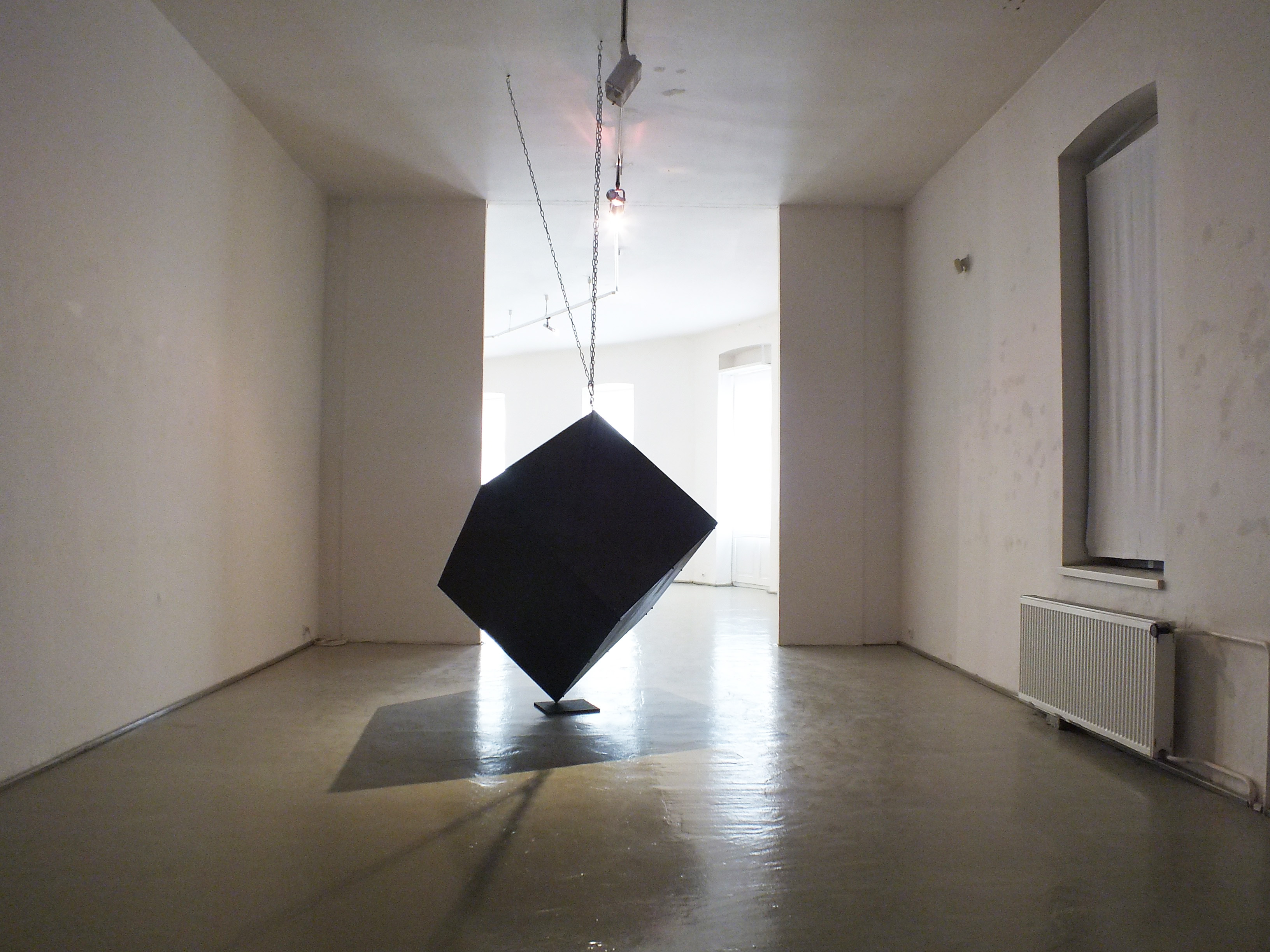Artists: Radovan Dranga – Ľuboš Kotlár – Jaroslav Kyša – Kristian Lukić – Ľudmila Machová – Katarína Poliačiková – Alina Sokolova – Ester Šabíková – Martina Šimkovičová
Curator: Miroslava Urbanová
Venue: Museum of Art in Žilina, Slovakia
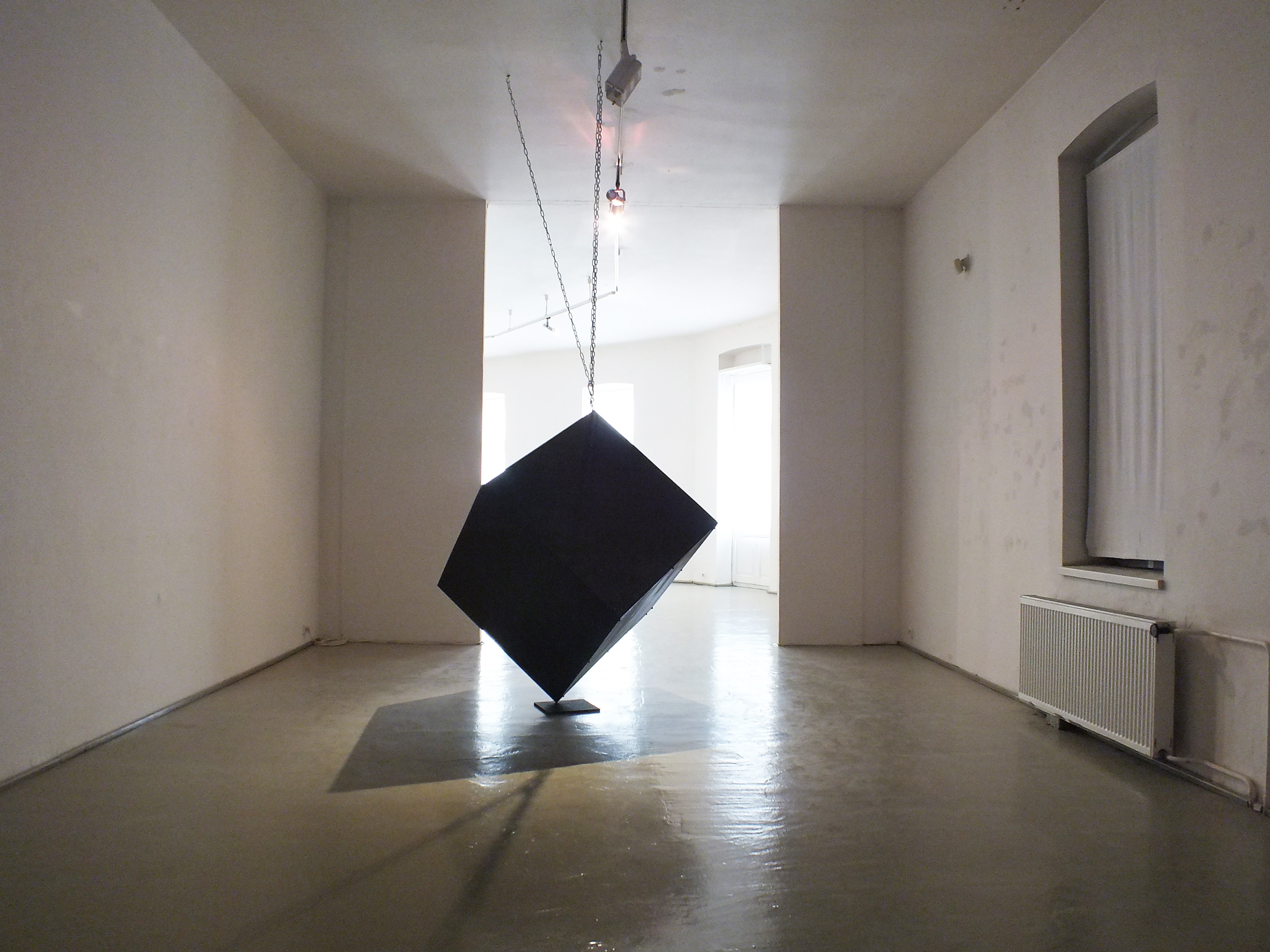
Melancholy is not only a morbid gloom of the contemplative mind, but it also contains visions, manic enthusiasm and ecstasy. … Melancholy is a syndrome, it’s a syndrome we know well, until recently one was called manic-depressive, at present one is being called bipolar.
Lieven De Cauter, Small Anatomy of Political Melancholy
The group exhibition MELANCH LIA presents a range of art practitioners, who work in various media and whose starting point for dealing with the chosen topics differ. However, all of them oscillate around and touch upon melancholia – within their background, in time and space, in the way how their think and express their ideas by using certain aesthetic strategies. They do so frequently very inconspisciously, without sediments of rosy retrospection, withot melodramatic gestures. On the contrary, they perceive qualities and limitations of this topic with analytical distance or poetic delight. Their works stem from the breeding ground of the melancholia, in the awareness of the end of multiple systems and ideas and foremostly in the awareness of the impossibility of creating new alternative scenarios.
I perceive melancholy as a state of mind, collective consciousness of the society that spreads across borders and subjectivities. It cannot be narrowed down to the myth of creative sadness, black sticky fluid on the generic yellow smiley face or deep existential cliché about art and melancholic (male) artistic genius. It is a circle of persistent thoughts, pure obsession, attachment to the void – to something that is not here – a lost object of desire or overcome ideas, pictures about phenomena, people, systems, things and their functioning. Even according to Freud, melancholia is not a state that one could overcome by mourning.
The exhibition follows melancholy and its effects as a part of life in the contemporary global system that is promoted as being full of crises – crisis of capitalism, traditional politics, ecosystem, masculinity, visions of future; a time of post- after postmodern: postfactual, posttruth, or a simple ideologically precarious postcommunist reality of our little Central-European countries. The authors oscillate between infinite joy and anxiety from the endless amount of (consumer) opportunities within neoliberal capitalism – one worse (for the others) than the other. The switching between love and hate that stems from the feeling of a deep loss, could possibly open new views on collapsing doctrines about work, relationships of human and nature, relationships to yourself and to your vulnerabilities. Chosen artworks are a springboard for thinking about following (and other possible) questions: What is political potential of melancholy? How one could overcome melancholy? Who is the melancholic subject today? And what the hell does the Saturn to do with that?
